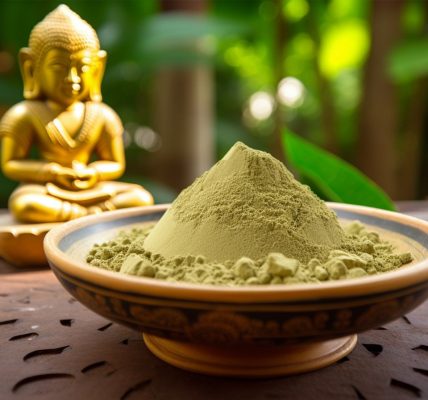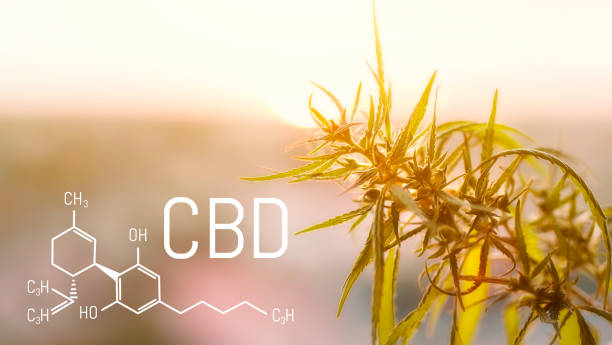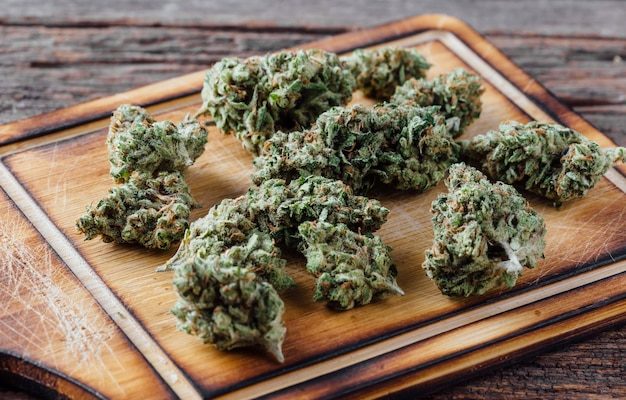Thailand is a country known for its rich cultural heritage, stunning landscapes, and unique flora and fauna. Among the many natural wonders that can be found in this Southeast Asian nation are the mystical leaves of Thai Kratom. Kratom, scientifically known as Mitragyna speciosa, is a tropical evergreen tree native to Thailand, Malaysia, Indonesia, and Papua New Guinea.
The leaves of the Kratom tree have been used by indigenous people in Southeast Asia for centuries for their medicinal properties. In Thailand, Kratom has a long history of traditional use as a stimulant, pain reliever, and mood enhancer. The leaves are typically chewed or brewed into tea to produce effects ranging from increased energy and focus to relaxation and pain relief.
One of the most popular varieties of Kratom is Thai Kratom, which is known for its potent effects and unique alkaloid profile. Thai Kratom is believed to be one of the strongest strains available due to its high levels of mitragynine and 7-hydroxymitragynine alkaloids. These compounds interact with opioid receptors in the brain to produce analgesic effects similar to those of opioids but without the risk of respiratory depression or addiction.
In addition to its pain-relieving properties, Thai Kratom is also valued for its Happy Go Leafy stimulating effects. Many users report feeling more alert, focused, and energized after consuming Thai Kratom leaves or extracts. This makes it a popular choice among students looking for a study aid or professionals seeking an alternative to caffeine.
Despite its popularity among locals and tourists alike, the legal status of Kratom in Thailand has been somewhat controversial in recent years. In 1943, the Thai government passed the Kratom Act which made it illegal to possess or sell fresh or dried kratom leaves under penalty of imprisonment or fines.









